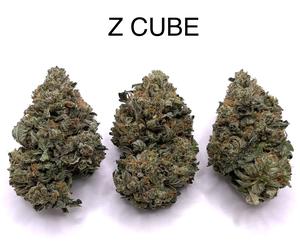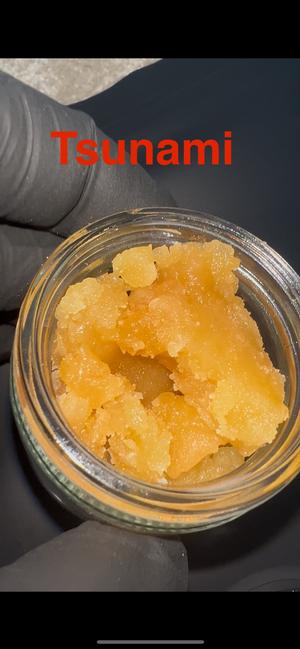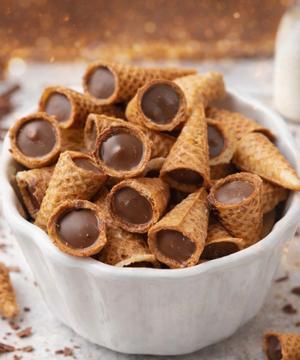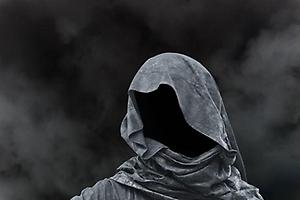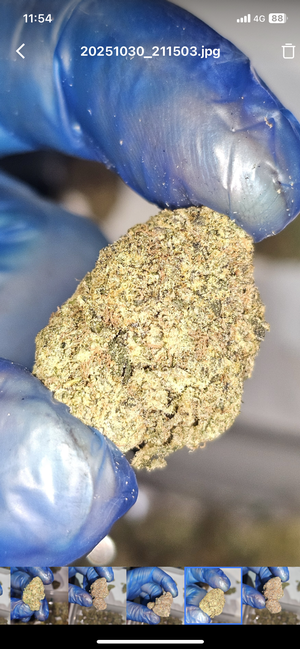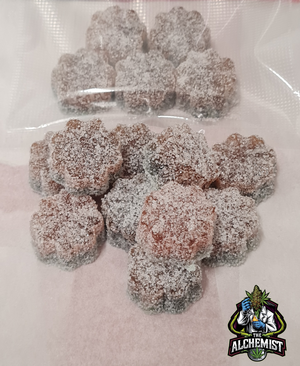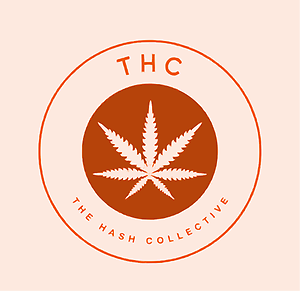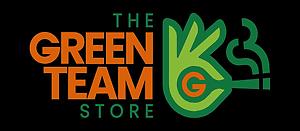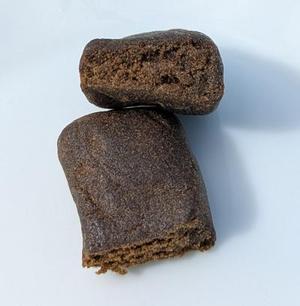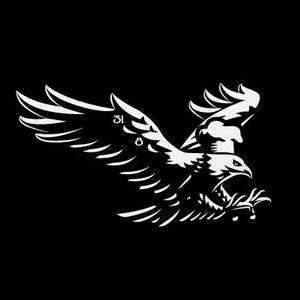As dabbing becomes more popular, dry herb smokers become more curious about the differences between dry herbs and concentrates. We answer your most burning questions in this Dabs vs Herbs comparison. Keep reading to find out the major differences and similarities between the two products, and which is best for you.
Dabs vs Legal Dry Herb (tobacco): Form
Let’s start with legal herb or tobacco. Dry flower is the start of any product, originating on the stalks of plants. Once picked and dried, the dry herb is ready to smoke. It comes in a variety of colors, densities, and textures, and even in two subspecies. Consuming dry flower is easy - all you need is a simple cigarette lighter and a pipe or rolling papers. Dry flower can also be vaped.
We all know what dry herb looks like, but what are dabs made from? In the simplest terms, people take dabs using concentrates. Concentrates can take on many forms, including shatter, wax, crumble, and oil. The name of a concentrate not only refers to its consistency, but may also refer to the way it was made. For example, BHO wax is a concentrate made with butane as a solvent, then through post processing is made into a waxy consistency.
Before we get too far ahead of ourselves, it’s worth knowing that many of the oils or concentrates you dab with are made through a process using solvents like butane, CO2, or isopropyl alcohol. Although these solvents are left to evaporate off of the finished product, health-conscious dabbers have driven the demand for solventless concentrates. It’s becoming easier every day to find hash oil made using water extraction, static electricity, and other solventless methods.
At the end of the day, concentrates come from dry flower through one of many forms of extraction which produces a purer, denser product. Though they look very different, dabs and herb both are simply forms of the same plant.
Dabs vs Herb: Function
The differences between dabs and herb extend beyond how they look. The methods of smoking concentrates and flower differ, as well as the effects.
Generally speaking, dabs are a lot more potent than hits of herb. That’s because dabs consist of concentrate that range anywhere from 70% to 99% psychoactive purity. That’s compared to herb, which only has 15% to 30% content. That means you need much less concentrate than flower (in some cases, a fifth of the amount) to achieve the same feeling.
Purity isn’t the only reason dabs are more potent than bowl hits. To take dabs, you need special tools to heat the concentrate to a high, steady temperature that effectively vaporizes the material. Dabbers typically use butane torches or enails to reach prime vaporizing temperatures. This method of combustion is much more efficient than smoking from a bowl, bong, or spliff. In fact, you may lose over HALF of the psychoactive ingredients in your product through traditional herb smoking methods.
What does this all mean for you? If you’re a flower smoker who wants to start dabbing, it means you first need to get a nail and a torch or enail to heat it. A nail is the equivalent to a bowl piece for dabbing. Next, remember that you need just a small amount of concentrate to achieve the same effect as you would from a quarter-gram bowl. Dabbing has a reputation for getting you really buzzed, but it’s still possible to have a mellow experience if you take it slow.
Dabs vs Herb: Price
Lastly, let’s look at how herb and dabs compare in price. Earlier we stated that flower is typically ~20% by weight, and concentrates average out to ~80% by weight. The average price per gram of herb is $15, so a gram of concentrate at $60 would be comparable when considering the amount of you actually get. In fact, many concentrates fall around or below this $60 mark, though prices vary by brand and potency.
Right away, it seems like concentrates are a bit more cost-effective, but there’s more to the story. Remember when we said that traditional herb smoking methods like joints and bowls actually burn away up to 60% of the psychoactive ingredients? Since concentrates are vaporized, they only lose about 20% of their. In the long run, that 40% adds up! Of course, you can mitigate this discrepancy by vaporizing your herb instead.
Overall, concentrates tend to save smokers money over time not just through the initial price per gram of, but because vaporization inherently preserves more of the product.
The Bottom Line
Dabbing may seem like a new trend, but in fact, concentrate, was more popular than flower for a long time in human history. Consider concentrates to be the resurgence of a tradition, and a complement to the wide variety of consumables on the market. If you’re an herb smoker who’s curious about dabbing, be sure to take it easy and expect a stronger effect. Also remember that you may need special tools, including a nail, torch, and rig, before dabbing.
Just because concentrate is generally cheaper and more potent than plain herb doesn’t mean that flower is obsolete. Plenty of people still like the way legal herbs tastes, and appreciate its mellow, easily controllable high. At the end of the day, you should smoke what you feel comfort.


![[music]](https://i2.littlebiggy.net/images/u/w/800/yieqWEiEkQnJgjLi.gif)


